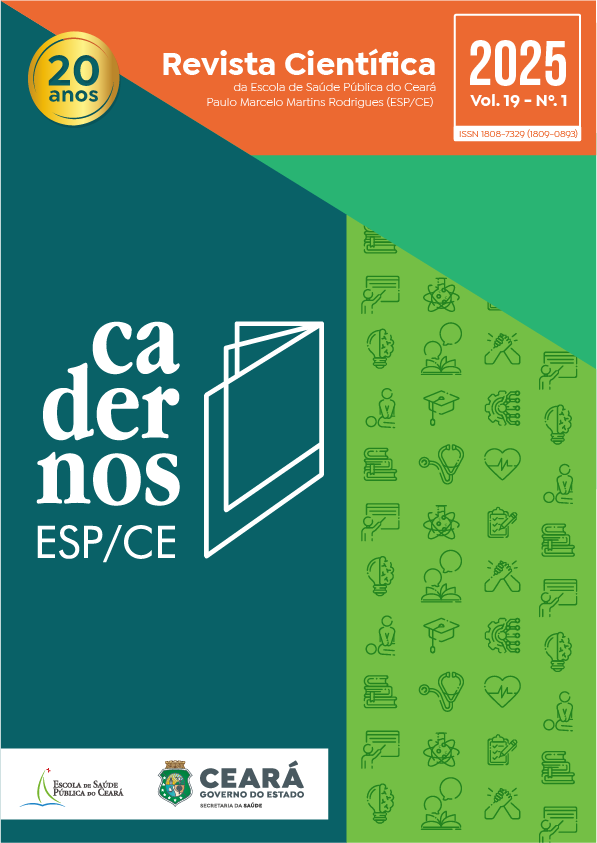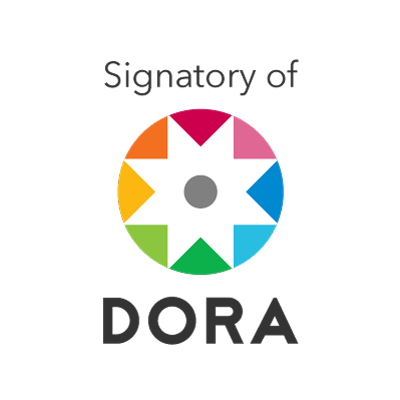FLOW OF DRUG ALLERGIES IN PEDIATRICS
A DESCRIPTIVE STUDY
DOI:
https://doi.org/10.54620/cadesp.v19i1.2063Keywords:
Flowchart, Drug Allergy, Pediatric HospitalAbstract
Introduction: The flow of care within drug allergies has been an enlightening process when the intention is to promote better quality in the diagnosis of pediatric patients. The Center for the Study of Medication and Food Allergy (CEAMA) has been in partnership for some time now with its theoretical expertise in information on the area of pharmacodermias and their insertion into practice, in collaboration with the Albert Sabin Children's Hospital (HIAS) and the Immunoallergology Outpatient Clinic becomes essential in the daily lives of professionals who work in this environment. Objectives: describe a flowchart of care for suspected pharmacodermias in inpatients and outpatients at the HIAS. Methods: The observational study had three phases from April to December 2023: 1) Meeting to prepare the questionnaire. 2) Distribution of the questionnaire via email to physicians after ethical approval. 3) Preparation of the service flow to optimize the service. Results: 144 emails were sent, with 38 responses received. With the data collected, a flowchart for implementation was created. Conclusion: The creation of the service flow can benefit patients and serve as a reference for other institutions, improving the quality of medical care.
Downloads
References
Gomes ISN, Leonez LG, Araújo ALF. Uso da farmacovigilância como ferramenta para segurança do paciente em ambiente hospitalar. In: Anais do 24º Simpósio de Trabalhos de Conclusão de Curso do Centro Universitário ICESP; 2022; Brasília, DF. p. 666–81.
Mota DM, Vigo A, Kuchenbecker RS. Reações adversas a medicamentos no sistema de farmacovigilância do Brasil, 2008 a 2013: estudo descritivo. Cad Saude Publica. 2019;35(8):e00148818. doi:10.1590/0102-311X00148818. DOI: https://doi.org/10.1590/0102-311x00148818
Hospital Infantil Albert Sabin (BR). Dados obtidos no sistema VIGIMED - Anvisa. Fortaleza (CE): Hospital Infantil Albert Sabin; 2024.
Castro IA, Vivan RHF, Carraro DC. Eventos imunológicos e principais grupos farmacológicos causadores da reação de hipersensibilidade imediata. Rev Terra Cult Cadernos Ens Pesqui. 2022;38(Esp):159–70
Cuevas MSS, Oliveira KCN, Costa LA, Loeschke AGS. Hipersensibilidade a fármacos: um estudo sobre reações alérgicas a β-lactâmicos. Rev Eletr Acervo Saude. 2022;15(11):e11197. doi:10.25248/reas.e11197.2022. DOI: https://doi.org/10.25248/reas.e11197.2022
Regateiro F, Faria E. Mecanismos imunopatológicos das reações de hipersensibilidade a fármacos. Rev Port Imunoalergol. 2016;24(2):63–78.
Viana JC, Abreu C, Gomes ER. Hipersensibilidade medicamentosa em crianças de idade pré-escolar. Rev Pediatr Centro Hosp Porto - Nascer Crescer. 2016;25(1):15–21.
Gray MP, Dhavalikar N, Boyce RD, Kane-Gill SL. Qualitative analysis of healthcare provider perspectives to evaluating beta-lactam allergies. J Hosp Infect. 2023;141:198–208. doi:10.1016/j.jhin.2023.07.024. DOI: https://doi.org/10.1016/j.jhin.2023.07.024
Warrington R, Silviu-Dan F, Wong T. Drug allergy. Allergy Asthma Clin Immunol. 2018;14(Suppl 2):60. doi:10.1186/s13223-018-0289-y. DOI: https://doi.org/10.1186/s13223-018-0289-y
Ryan D, Flokstra-de Blok BMJ, Clark E, Gaudin C, Mamodaly M, Kocks J, et al. Allergic and hypersensitivity conditions in non-specialist care: flow diagrams to support clinical practice. Allergy. 2022;77(9):2618–33. doi:10.1111/all.15273. DOI: https://doi.org/10.1111/all.15273
Neta HFN, Andrade LL, Pereira VCLS, Trigueiro DRSG, Costa SMG, et al. Fluxograma como tecnologia de reorganização da atenção à saúde do homem. Saude Colet. 2023;13(86):12743–60. doi:10.36489/saudecoletiva.2023v13i86p12743-12760. DOI: https://doi.org/10.36489/saudecoletiva.2023v13i86p12743-12760
Souza EA. Segurança do paciente: notificação dos eventos adversos nas unidades federativas do Brasil entre os anos 2019 e 2022 [dissertação]. Brasília: Faculdade Laboro; 2022.
Paiva JSP, Rocha MKM, Feitosa AKN, Belo NP, Alves JSM, Freire CPL, Ibiapaba CMC. Segurança do paciente: avaliação em unidades de pronto atendimento. Cad ESP [Internet]. 2024 Sep 13 [citado 2024 Oct 16];18(1):e1863. Disponível em: https://cadernos.esp.ce.gov.br/index.php/cadernos/article/view/1863 DOI: https://doi.org/10.54620/cadesp.v18i1.1863
Aguiar BRS. Importância da implantação do protocolo de Manchester nas unidades de pronto atendimento: uma revisão bibliográfica [Internet]. Uniceubbr, 2019. CORE; [cited 2025 Mar 24]. Disponível em:https://repositorio.uniceub.br/jspui/handle/prefix/13640. Acesso em: 2024 Dez 12.
Saunders H, Vehvilainen-Julkunen K. Nurses' evidence-based practice beliefs and the role of evidence-based practice mentors at university hospitals in Finland. Worldviews Evid Based Nurs [Internet]. 2017 [acesso em 2017 Dez 18];14(1):35–45. Disponível em: https://sigmapubs.onlinelibrary.wiley.com/doi/abs/10.1111/wvn.12189 DOI: https://doi.org/10.1111/wvn.12189
WHO Collaborating Centre for International Drug Monitoring. The WHO Adverse Reaction Terminology – WHO-ART [Internet]. 2005 [acessado em 2016 Jun 7]. Disponível em: https://www.who-umc.org/vigibase/services/learn-more-about-who-art/
Additional Files
Published
How to Cite
Conference Proceedings Volume
Section
Categories
License
Copyright (c) 2025 Cadernos ESP

This work is licensed under a Creative Commons Attribution 4.0 International License.
Accepted 2024-12-04
Published 2025-08-04























